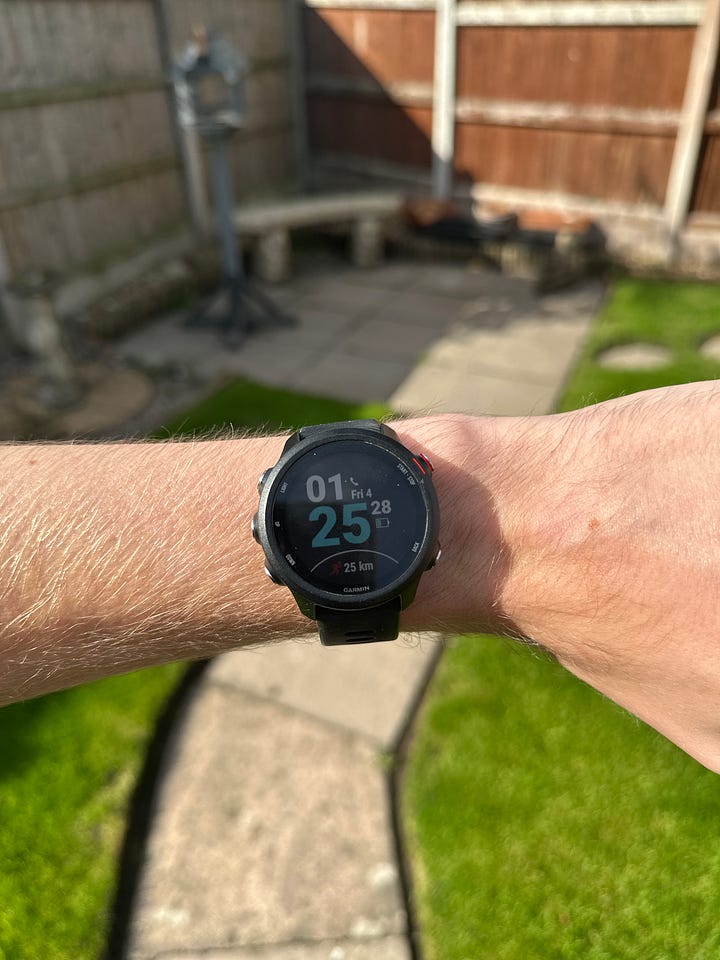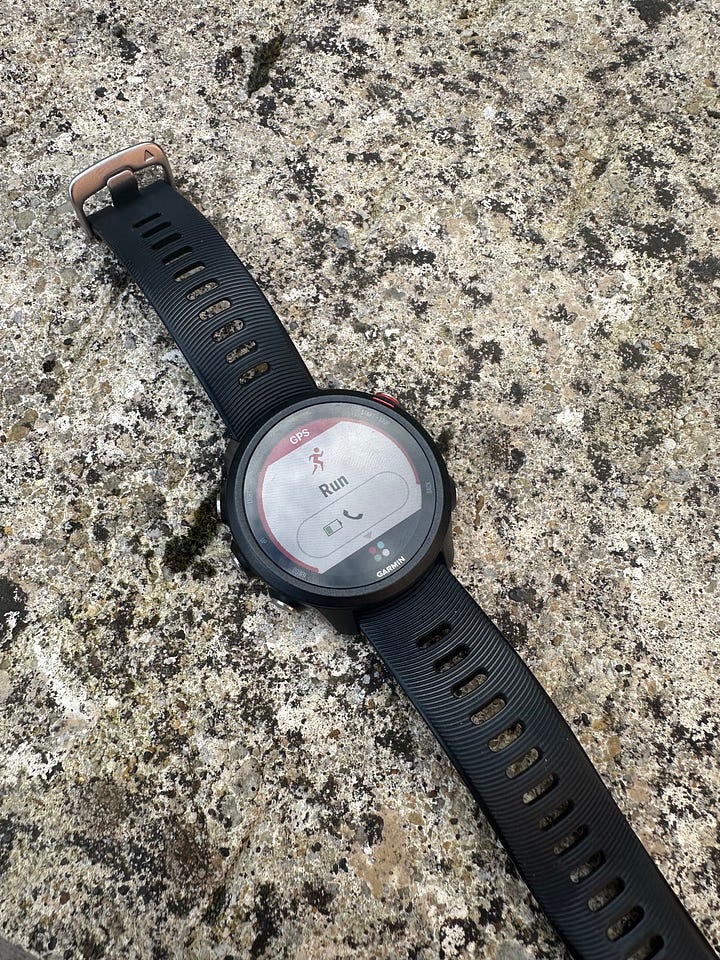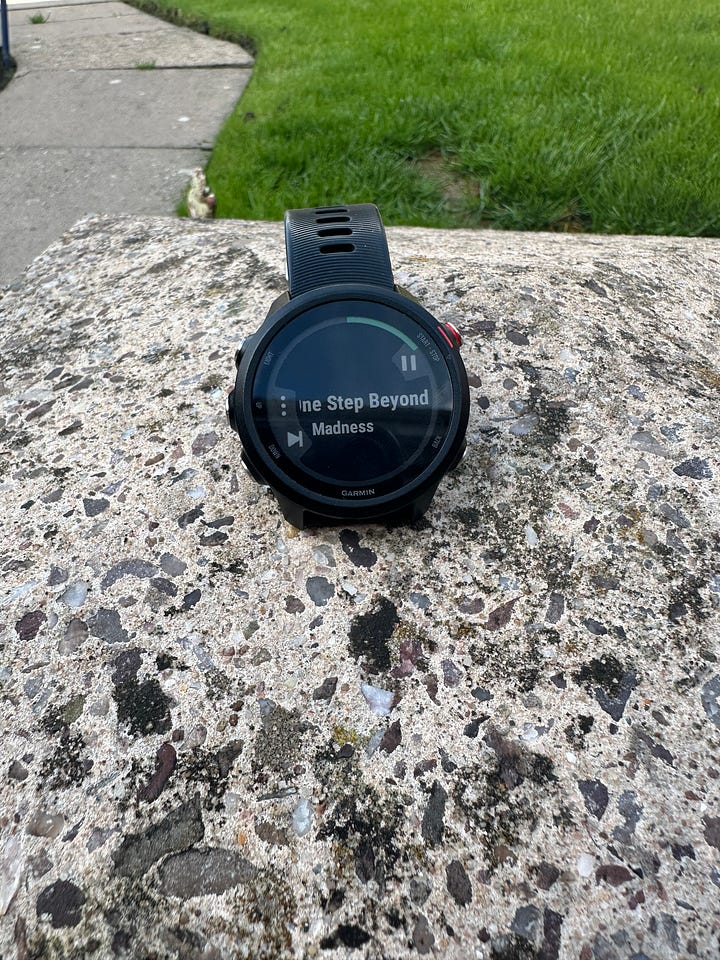Is the Garmin Forerunner 245 Music Still Worth It?
Since it's release in 2019, is it still worth the investment today?
The Garmin Forerunner lineup has slowly become the runner’s close companion. The introduction of 245 Music in 2019 has since allowed runners to head out the door with nothing but the watch on their wrist and a set of headphones on their head. With enough storage to comfortably hold numerous pre-recorded routes, as well as enough music to cover distances that most runners will complete when training, is this watch still worth the price tag?
Garmin boasts that this model has up to 7 days of battery life and up to 6 hours of battery life when connected to GPS and playing music simultaneously. Given the storage capacity of 3.5GB, if you are willing to invest the money early, this piece of equipment will see you through potentially all the training for every race you’ll ever do.
From personal experience, if you are running less than 50km weekly, the Forerunner will need to be charged around three times a week - when using music saved on the watch for every run. If you run without the music, then this can drop to potentially two charges or it may be possible to only charge it once a week.
Compared to an Apple watch, or a newer Garmin model, these numerous charges can seem quite excessive; especially when you begin to up higher mileage. However, what works in favour of the Foreunner, is the ability to charge this watch quickly- gaining 50% in around 30 minutes- allows users to never wait too long for the watch to charge.
So, how does this watch hold up when it is pushed past just daily training? How does it hold up during an ultra-marathon? Although it isn’t specifically made for this, a stress test is always worth a go. The furthest I have taken this watch is 73km in 12 hours. Whilst I didn’t run fully for 12 hours, the Forerunner did track my GPS for the entire day, needing only about 30 minutes of charge 7 hours in. When recording this run, my actual running time of 7 hours 32 minutes was recorded accurately.
As a side note, what I also like about this watch is its smaller profile, unlike other watches by Garmin higher in price, the dimensions are only 42.3mm in diameter and 12.2mm in thickness. In comparison to both the Enduro 3 and the Fenix 8 which both have diameters of 51mm respectively.
This is without mentioning the other elements of the watch which include a range of sports from swimming (being rated 5ATM for water resistance, meaning users can dive up to 50m) to strength training, cycling to rowing; all of which are recorded to a great degree of accuracy- based solely off of it’s internal metrics that is. As well as monitoring sleep, VO2 max and creating tailored training plans and workouts by Garmin- although it is worth noting these metrics may not be 100% accurate for training plans and sleep when compared to newer models.
So, is this watch worth the investment? Unless you are completing multiple ultramarathons, or multi-day events then without hesitation you will be looking more toward the Enduro or Fenix ranges. Or if you want to focus more on 24-hour fitness and heart tracking, then a Whoop band or an Oura Ring may be more impactful, yet with more advanced tracking consistently comes a much greater price tag.
Furthermore, as watch technology advances, the inability to pay for things via the watch, or the lack of a touchscreen may be a significant setback for some people. Yet if this isn’t, then this watch can be defined as a great all-round fitness watch, which has elements of a smartwatch and will have more than enough fitness tracking for the majority of runners.
So to conclude, for those who want to buy a watch that can be used for all training plans- even up to ultra plans- this watch will be perfect, especially if it can be found at a cheaper price given its age.
Sales of this watch can often be found on Amazon, CEX and even Ebay.









